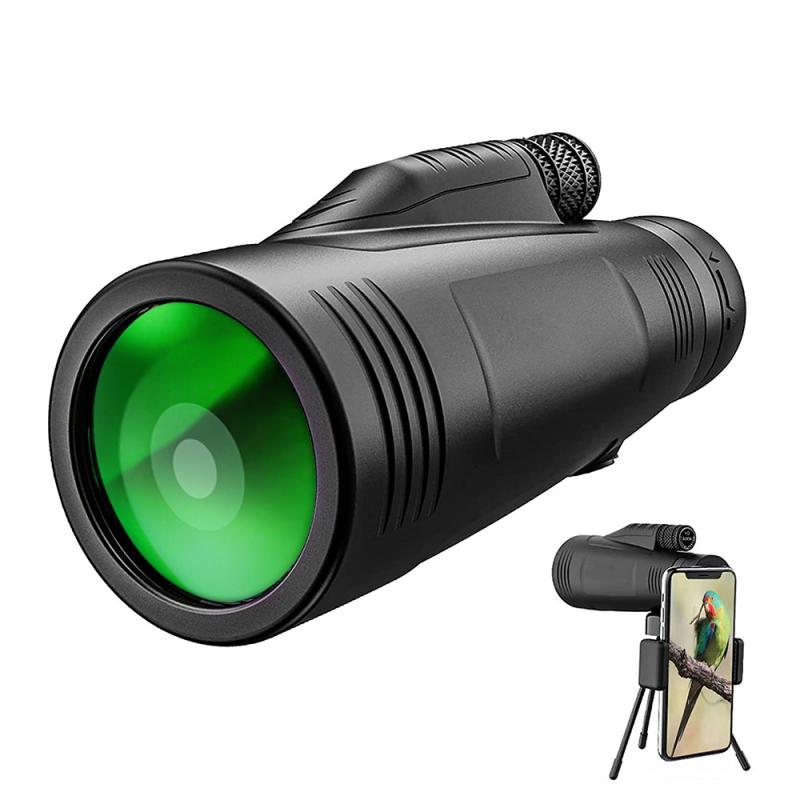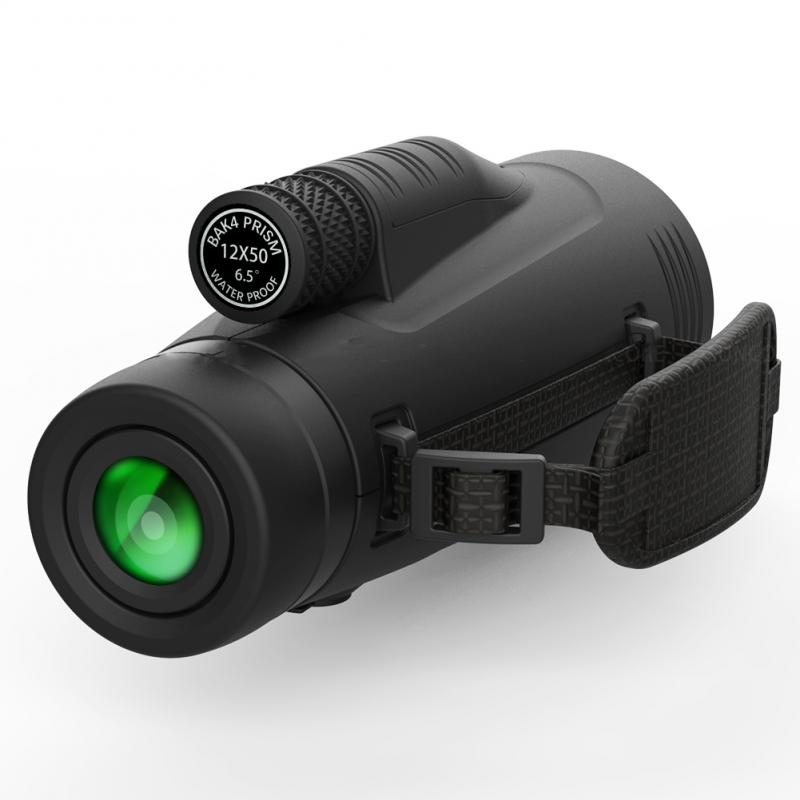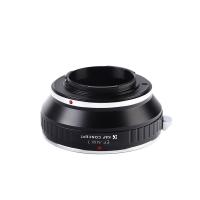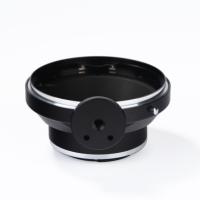How Does A Monocular Microscope Work ?
A monocular microscope works by using a single eyepiece to magnify an object. Light passes through the specimen and is focused by the objective lens, which is located near the specimen. The light then passes through the eyepiece lens, which further magnifies the image and allows the viewer to see it. The magnification of the microscope is determined by the combination of the objective lens and the eyepiece lens. The monocular microscope is commonly used in educational settings and for basic laboratory work.
1、 Optical Components
How does a monocular microscope work? The monocular microscope is a type of microscope that uses a single eyepiece to magnify an object. It works by using a combination of optical components to magnify the image of the object being viewed. The optical components include the objective lens, the eyepiece lens, and the stage.
The objective lens is the lens closest to the object being viewed. It is responsible for magnifying the image of the object and directing it towards the eyepiece lens. The eyepiece lens, on the other hand, is responsible for further magnifying the image and projecting it onto the retina of the observer's eye.
The stage is the platform on which the object being viewed is placed. It is usually adjustable to allow for precise focusing of the image. The monocular microscope also has a light source, which illuminates the object being viewed.
The latest point of view on how a monocular microscope works is that it is a simple and affordable tool for magnifying small objects. It is widely used in schools, laboratories, and medical facilities for various applications such as examining cells, tissues, and microorganisms. With the advancement of technology, digital monocular microscopes have been developed, which allow for the capture and storage of images for further analysis and documentation.
In conclusion, the monocular microscope works by using a combination of optical components to magnify the image of an object. It is a simple and affordable tool that has been widely used for various applications. The latest point of view on how it works is that it is a valuable tool in the field of science and technology.

2、 Magnification and Resolution
A monocular microscope is a type of microscope that uses a single eyepiece to view specimens. It works by using a combination of lenses to magnify the image of the specimen. The lenses in a monocular microscope are arranged in a series, with the objective lens closest to the specimen and the eyepiece lens closest to the eye.
Magnification is the primary function of a monocular microscope. The objective lens magnifies the image of the specimen, and the eyepiece lens further magnifies the image. The total magnification of the microscope is determined by multiplying the magnification of the objective lens by the magnification of the eyepiece lens.
Resolution is another important aspect of a monocular microscope. Resolution refers to the ability of the microscope to distinguish between two closely spaced objects. The resolution of a microscope is determined by the quality of the lenses and the wavelength of the light used to illuminate the specimen.
Recent advancements in technology have led to the development of digital monocular microscopes. These microscopes use digital cameras to capture images of the specimen, which can then be viewed on a computer screen. Digital monocular microscopes offer several advantages over traditional microscopes, including the ability to capture and store images, and the ability to share images with others remotely.
In conclusion, a monocular microscope works by using a combination of lenses to magnify the image of the specimen. Magnification and resolution are the two primary functions of a monocular microscope. Recent advancements in technology have led to the development of digital monocular microscopes, which offer several advantages over traditional microscopes.

3、 Illumination
How does a monocular microscope work? Illumination is a key component of a monocular microscope's operation. The microscope's light source illuminates the specimen, allowing it to be viewed through the eyepiece. The light source can be a bulb or LED, and it is typically located beneath the stage. The light passes through the specimen and is magnified by the objective lens, which is located above the stage. The magnified image is then viewed through the eyepiece, which further magnifies the image.
In recent years, there have been advancements in the illumination technology used in monocular microscopes. LED lights have become more common, as they are more energy-efficient and longer-lasting than traditional bulbs. Additionally, some microscopes now use fluorescence illumination, which allows for the visualization of specific structures or molecules within the specimen. This technique involves using a fluorescent dye that binds to the structure of interest, and then illuminating the specimen with a specific wavelength of light that causes the dye to emit light of a different color. This allows for the visualization of the structure of interest in a way that is not possible with traditional illumination techniques.
Overall, illumination is a crucial aspect of a monocular microscope's operation, and advancements in illumination technology have allowed for new and exciting applications in microscopy.

4、 Focusing Mechanisms
A monocular microscope is a type of microscope that uses a single eyepiece to magnify an object. It works by using a combination of lenses to magnify the image of the object being viewed. The lenses are arranged in a series of tubes that allow the user to adjust the focus of the microscope.
Focusing mechanisms are an essential part of a monocular microscope. They allow the user to adjust the focus of the microscope to get a clear image of the object being viewed. There are several types of focusing mechanisms used in monocular microscopes, including coarse focus and fine focus.
Coarse focus is used to adjust the distance between the objective lens and the specimen being viewed. This is done by moving the stage up or down using a coarse focus knob. Fine focus, on the other hand, is used to make small adjustments to the focus of the microscope. This is done by moving the objective lens slightly closer or further away from the specimen using a fine focus knob.
In recent years, there have been advancements in the technology used in monocular microscopes. Digital microscopes, for example, use a camera to capture images of the specimen being viewed. These images can then be displayed on a computer screen, allowing for easier viewing and analysis.
Overall, the focusing mechanisms used in monocular microscopes are an essential part of the microscope's functionality. They allow the user to adjust the focus of the microscope to get a clear image of the object being viewed, making it an invaluable tool in scientific research and education.









































